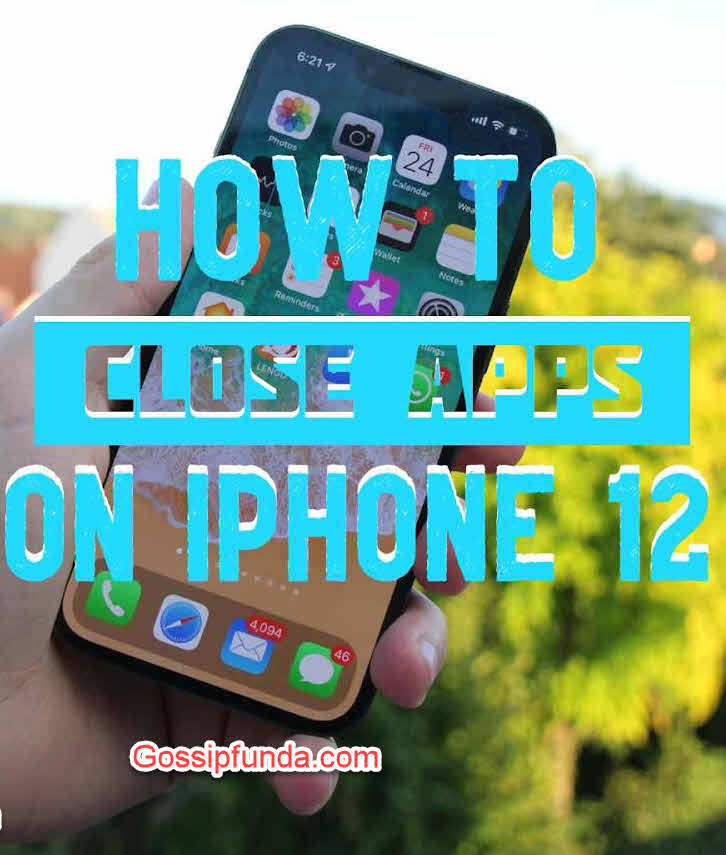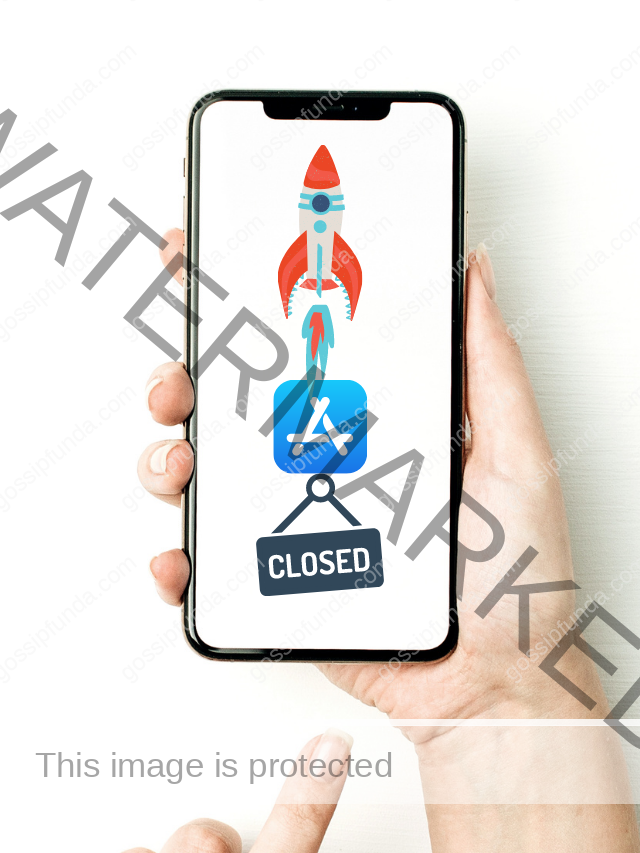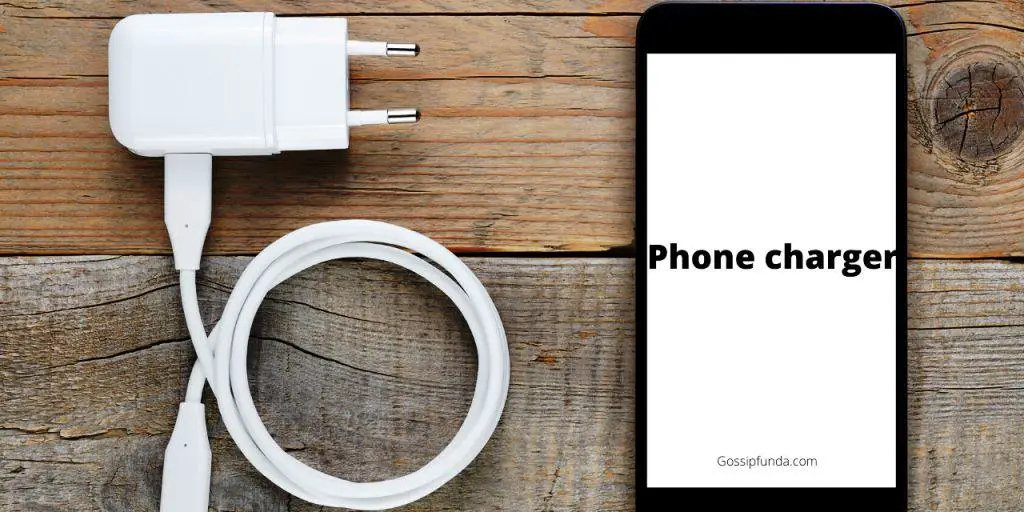Want to learn how to close apps on iPhone 12 or force stop it? Learn how you can reduce your battery usage with a few simple steps. Learn how you can do the same in under 5 minutes. See why you should close the apps and what benefits they have. Your RAM and processor usage will be reduced significantly. If you want to see more useful articles then check out our page. And if you want to take a shortcut then check out our youtube channel.
As we all know that iPhones are notorious to freeze and become unresponsive and then you are stuck there. Not only that but sometimes the app does not work properly even if it’s not frozen. There are many such problems that come with apps on iPhone 12 and any device for that matter.
Now restarting the entire device because of a single app is not feasible and is inconvenient. Also, the restarting process takes a few seconds during which you can not use your phone.
This is why we should know how to close apps on our iPhone 12 so we can avoid such sticky situations.
Did you know that when you close an app is still running in the background? Many people swipe up and think the app is closed, but in reality, it just moved to the background in the suspended state. In the iPhone 12 due to gesture control, people often get confused. This feature allows you to open the same app very quickly since it was running in the background. But the downside is that the app will consume battery even if you are not using it. Along with battery usage, the app will also consume your processor making the iPhone slower over time. RAM is also another thing that is affected, you will notice that apps will not remember your data. Now imagine 5-10 such apps running in the background on your iPhone. This is why people complain about bad battery life on iPhones.
Now we will see what are the advantages of closing the app and how we can force close any app we want. Follow the steps on how we can close the app and do not skip any section. In the next section, we will see the importance of closing our apps and how it will affect our iPhones.

When You Should close iPhone Apps
As we have seen in the previous section, there are a lot of advantages. Sometimes the app can freeze and become unresponsive and even if we dismiss the app it will remain unresponsive. There we have only one option, restart the whole iPhone and hope that it does not happen again. Restarting will take a few seconds during which you will not be able to use your iPhone.
Or we can close the app which is frozen and then open it again. This will be equivalent to restarting the iPhone since the app will also be restarted. Closing the app will not take more than 5 seconds and will save a lot of your precious time. Along with saving time, it will also save battery life and increase performance.
In this section, we will be looking at why we should close the app and which apps we should close. Do not skip this section as it is important for you to understand the concept of closing apps.
Closing unresponsive apps?
Now as we have already discussed, some apps can stop working suddenly and become unresponsive. In such cases, we need to close that particular and can leave other apps running. The frozen app could ask for you to wait but if it is not registering your touch then it’s time to close it. Closing that particular app will save you from the hassle of restarting your iPhone.
But sometimes the app can appear stuck but in reality, it could be doing something important or heavy. Read what the app is telling you, if there’s a progress bar or loader then wait for it to get completed. It is not very likely for iPhones to take much time to do anything. But it’s still worth the shot to read and wait. You can even dismiss (swipe up from the bottom) the app and it will keep working in the background.
Will closing apps save battery life?
It is technically true since the app will be completely closed and not consume any battery. But with the latest iOS versions, the OS can detect if an app is sitting idle and tell it not to use the battery.
If the app is running in the background then also you will not lose a significant amount of battery. But it’s still a good idea to close any app which you don’t want to use anymore. Over time it will add up in battery usage and increase your battery’s life slightly.
How to close apps on iPhone 12
Now we will see how we can close the apps on our iPhone 12, you can follow the same steps for iPhone X and above. If you are using iPhone 8 or older then check the dedicated section later in the article. Follow the steps mentioned below to close apps:
- Start your iPhone and go to the Home screen of your iPhone. Now on the home screen swipe up from the bottom of the screen. Make sure that you swipe halfway or quarter way up to the screen and pause at the end.
- Now you should see a stack (type of list) of all the apps which you have used since restarting your iPhone. From the preview of all the apps, see (search by name) where the app is frozen.
- Once you find that app, simply swipe up the app and you should not be able to see it anymore. This means that the app is not closed and is no longer frozen since it’s closed. You can close multiple or all of the apps if you want, there will be no impact.
- Now you can tap anywhere other than the apps and you will come back to the home page. We have successfully closed the app which was frozen. And now if you start that app, it will no longer be frozen/unresponsive.
Another way
- Start your iPhone and go to the Home screen of your iPhone. Now on the home screen swipe up from the bottom of the screen and then swipe right.
- Next press and hold the app preview and then you should see a red line (minus shaped). Now you can tap on the red line and it will close all the apps. This will save the hassle of closing the apps one by one.
When & When Not to Force Apps to Quit
We have already seen the reasons at the starting of the article but in this section, we will go in-depth. You can skip this section since we have already covered the basics.
Whenever we open any app on our iPhone and switch to another, the first app keeps running in the background. This will occupy the memory and processing of our iPhone and will eventually lead to overconsumption of battery. But with the introduction of iOS 14, the OS will manage the background apps to keep your iPhone performing best. It is also responsible for handling the app and avoiding over battery consumption.
Now the apps which you think you closed are actually in standby mode. As the name suggests, the app is ready to be opened and it will continue from where you closed it. Now with the latest iOS, we do not face the problem of battery consumption by standup apps. But these apps are still occupying the precious RAM on your iPhone.
This is the reason why Apple included the option to close the apps in the first place. The OS can manage the apps but the user can decide to close the app, saving precious resources. If you open the multitasking section, you will see all the apps you previously opened. The apps will be in the order of latest used, the app at the bottom will be first used. Now the majority of the apps will not consume any battery because they will be completely paused. But some apps keep working even when you are not aware of them.
In iOS 14 and later, the apps you closed are pushed back in the app switcher (multitasking menu). The state (snapshot) of the app is stored by the iOS, what you are doing will be saved. This will help reduce the memory usage on our iPhones and save battery life. Once you open the app again, it starts from where you left in the app, even text will be saved. So now you are aware of the app switcher and how those apps affect your iPhone.
Now you will be able to deceive yourself if you want to force close the apps or leave them in the app switcher. We have also covered the topic of app freezing or becoming non-responsive. This will save you from having to restart your entire iPhone again and again. But if you are still a little confused then we would suggest you go through the explanation once again. All the things you need to know about suspended apps and force closing are covered in the article.
How to close apps on iPhone 8 and iPhone 8 Plus
Now unlike the iPhone X and later, there is no support for swipe gestures. In this section, we will see how to close the app on the older iPhones. Follow the steps to close the apps on iPhone 8 and before:
- Open your iPhone and go to the home screen, it is not necessary to be on the home page. Make sure the app you want to close was opened before.
- Now double press on the home button and you should see all the apps which you opened before. From there you can close any app by swiping the app up. This will close the app and will no longer send you notifications or consume the battery.
Summary
In the article, we see why we need to close the apps in the first place and how background apps affect your iPhone 12. Do not confuse the term closing and force closing, since both terms are interchangeable for iPhones. However, sometimes people can think of dismissing the app as closing the app. Along with closing the app, we also saw that these apps generally don’t affect battery life much. But RAM usage is reduced significantly, this is why we should force close the apps once in a while.
If you want to read more useful articles then check out our page, we have covered many interesting topics.

I am a Computer Science Engineer, have a passion for coding, sketching, and teaching. I took part in various college technical activities and was Mr. Fresher in the 1st year along with the college’s face. Spends most of the time learning new things and coding small codes for little fun and also as academic, keeping Python 3, Android as priority language for coding.
I love writing tech tips with 100% success and enjoying this new side of life. Finding a passion for new things and letting unlock my creativity and hoping to learn new scientific stuff on the journey of life and being grateful for smaller things.



